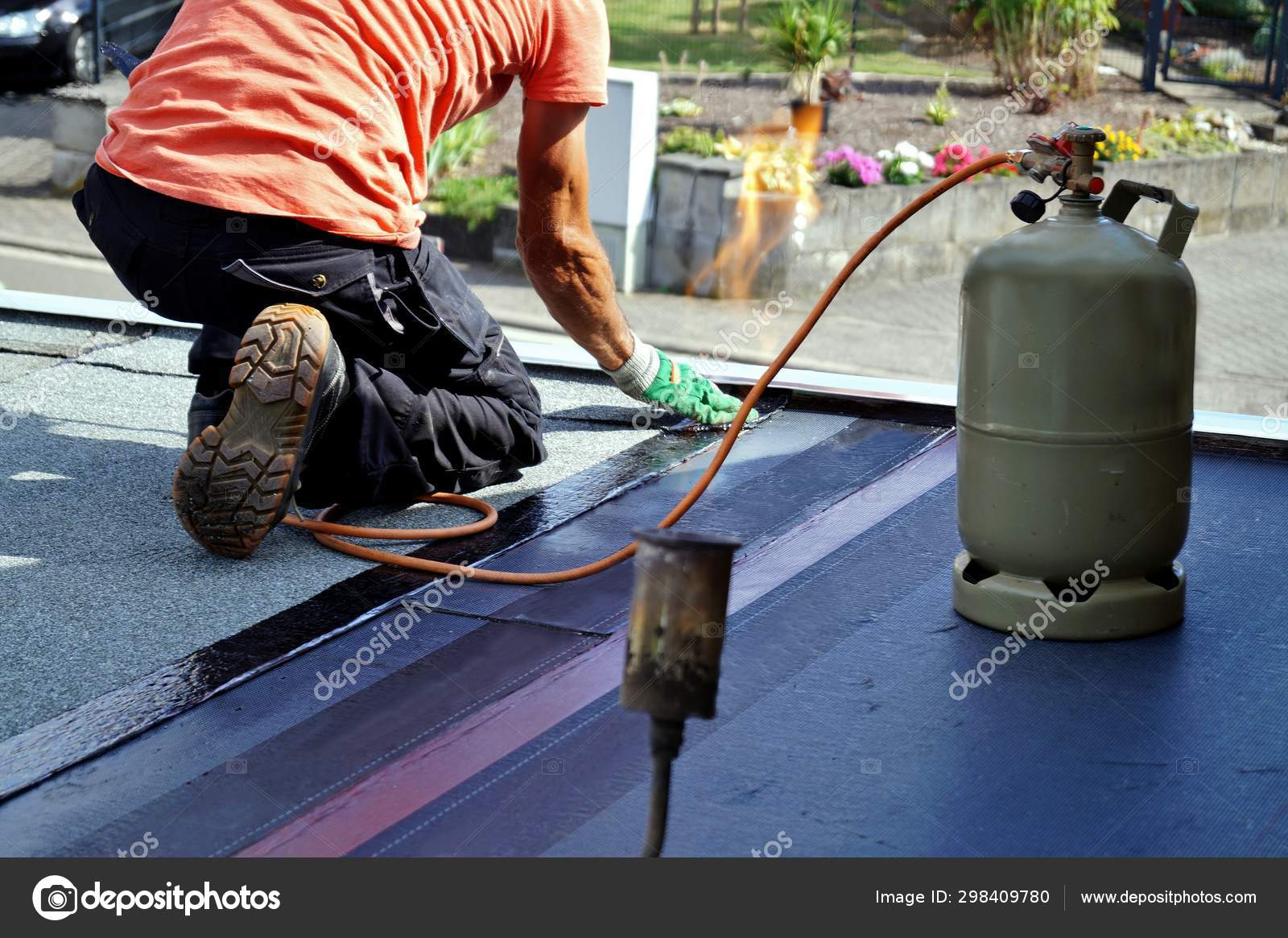Impartial advice on damp and damp.
Roof torching mortar.
Torching is still used today in heritage properties as an alternative to a modern breathable membrane.
Over the years this torching can crumble and break normally falling with a thud on the floor of the roof space during the middle of the night.
Torching is most commonly encountered to the underside of old stone slate roofs.
In the days before roofing felt torching or lime mortar was used on the underside of tiles or slates to keep them in place and to prevent strong winds from getting under the tiles and lifting them.
There are 2 usual variations of lime mortar iside the loft space if it is torched it is basically rendering the inside of the roof or semi torched is pointing to the battens.
Is your roof covered with clay tiles.
This mortar and the process is called torching.
This may applied as either a repair to hold slipping slates or pre emptively on construction.
Unusual for a house built in the thirties.
This system was commonly known as torching and was used before the introduction.
Timber oak or elm what not to do to a timber frame.
It is common for the torching to deteriorate and for pieces to fall away from the inside of the roof.
Where slates are particularly heavy the roof may begin to split apart along the roof line.
A common repair to slate roofs is to apply torching a mortar fillet underneath the slates attaching them to the battens.
What materials should be used in old houses.
What you describe is called torching which is the pointing up with hair mortar of the underside of the roof slates or tiles.
Both are there to stop wind.
Surveys of thatched roofing.
The dangers of rusty iron in old buildings.
Traditional buildings did not have bituminous underfelt beneath the slate or tile roofs.
A word about timber treatment.
Instead a soft sticky mortar mix was used both to help secure the slates and also prevent draughts.
Mixing and making hot lime mortar.
Originally the only recognised roof under coating was the application of sand lime mortar reinforced with animal hair applied to the headlaps of double lapped slates or tiles.
Goodwill feb 27 2009.

